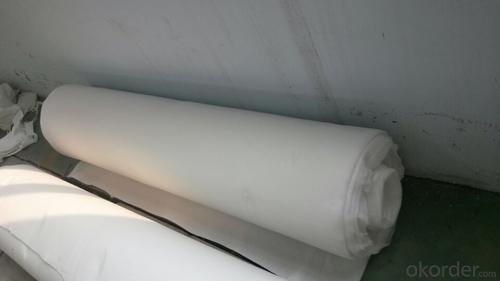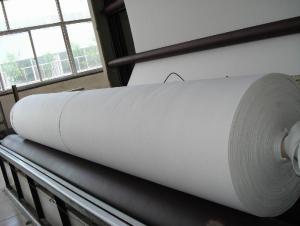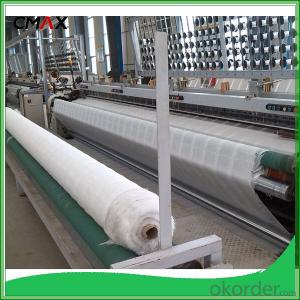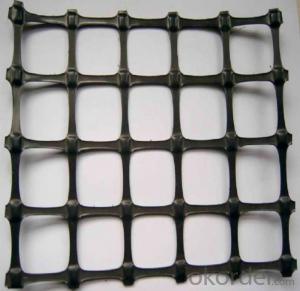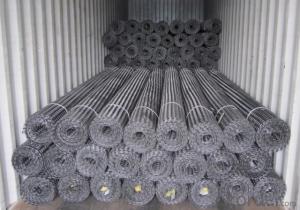Filament Woven Geotextile High Strength Quality Geocells South Africa
- Loading Port:
- Tianjin
- Payment Terms:
- TT OR LC
- Min Order Qty:
- 88 m²
- Supply Capability:
- 1900000 m²/month
OKorder Service Pledge
OKorder Financial Service
You Might Also Like
Introduction of Filament Woven Geotextile:
Good flexibility, permeability, filtration, separation and easy for construction.

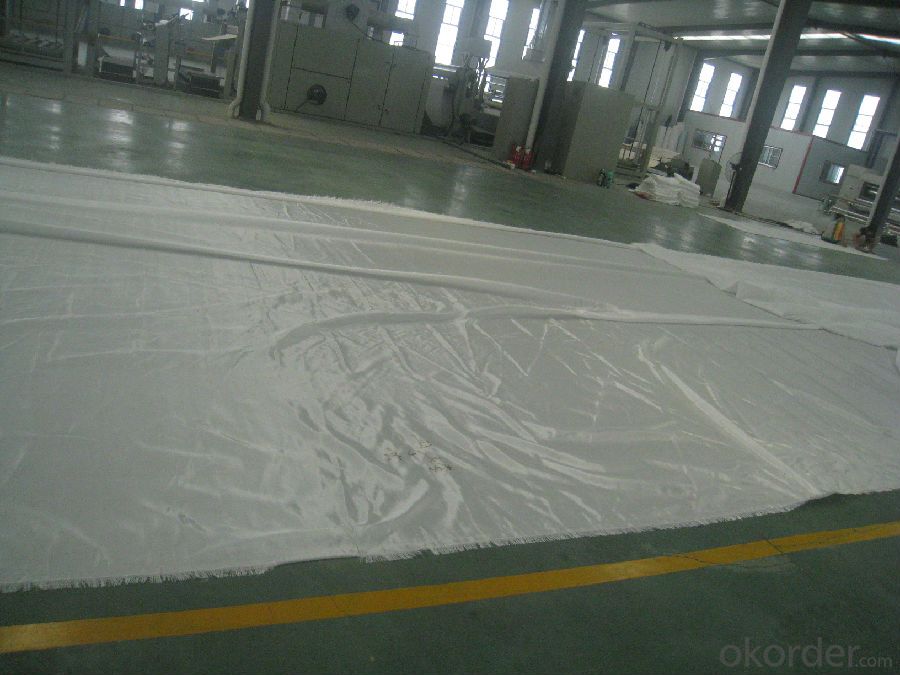
Application of Filament Woven Geotextile:
Geotextile has excellent permeability, acquired, durability, which can be widely used in railway, highway, movement hall, Dams, hydraulic structures, hence hole, coastal shoal, reclamation, environmental protection and other projects. The main products are Synthetic staple fibers needle punched non woven geotextiles and slit and spilt film yarn woven geotextiles.
· Filtration of soils in drainage applications by retaining soil particles while allowing for the free flow of water
· Separation and stabilization in road and railway construction
· Prevention of soil movement in erosion control measures
· Cushioning and protection in many containment projects
Feature:
· 1. Can withstand construction installation stresses
· 2. UV (Ultra Violet) Stabilized
· 3. High Chemical Resistance
· 4. Optimum Elongation
Application of Non-woven Geotextile:
Filtration
It can be the filtration layer of the dykes, river canal, seacoast, concrete slope, retaining walls. At the same time of preventing the clay granule from passing, it allows the water and the gas pass through freely.
Separation
The isolation of the railway dregs and the roadbed, roadbed and the soft base, surface of the airdrome and parking lot and the groundsill, different dam materials. It isolates the soil and the gravel of two kinds different
granule pathway from the groundsill or other buildings.
Reinforcement
The highway, railway, soil-stone dam, breakwater, airport, backfill soil of retaining wall, slope protection, etc in which distributes the earth stress, prevents the side-displacement of the earth body and improves the earthbody stability.
Protection
It prevents the bank from being washed out, protects the bank and the
bottom, prevents the water and soil from being washed away.
FAQ of geosynthetics :
What is geosynthetics ?
Geosynthetics form a perfect erosion control fabric used extremely widely in civil engineering to stabilize and reinforce slopes and soil under or next to roads, railways, dams, water reservoirs etc.. They can be easily applied which minimizes the time of construction, as well as they limit the resources and materials necessary.
What kinds of geosynthetics we have ?
Non-woven geotextile, geogrids, geocells, GCL, Geomembranes, Geonets, Geocomposites etc .
What is the geosynthetics used for ?
Hydraulic
Lagooning and Water Treatment, Ornamental Ponds, Golf Courses
Aquaculture and Desalination,Water Lagoons,Tanks, Reservoirs, Liquid Waste,Floating Cover Solutions, Drainage and Filtration
Environment
Tailing ponds, Leach mining,Landfills,Landfill Capping,Protection against corrosion,Vertical Barriers
Civil Works
Erosion Control,Secondary Containment,Tunnels,Linear and Surface Works,Consolidation of Margins,Soil Reinforcement,Soil Separation.
Building - Parkings,Roofing,Soundproofing
- Q: Fiberglass geogrid is mainly used for old road reconstruction, the main purpose is to reduce reflection
- Fiberglass geogrid is mainly used for old road reconstruction, the main purpose is to reduce reflection cracks.Fiberglass geogrid with glass fiber rovings as the main raw material, the reticular structure material of the knitting process, to protect and improve the overall use of polyester glass fiber geogrid with high strength aramid fibre filament, warp knitting weaving cloth after directional grid slab, geotechnical grille into coated processing
- Q: Geogrid per square meter
- Of course, it depends on what kind of material you need the geogrid, what kind of specifications!
- Q: Dimensions of U shaped steel nails for geogrids
- Hello, U shaped steel nail size 80*3 mm
- Q: How do geogrids help in reducing construction waste?
- Geogrids help in reducing construction waste by providing stability to soil and reducing the need for excessive excavation and material usage. They allow for the use of locally available and low-quality soil, eliminating the need to import expensive and environmentally damaging materials. This reduces the amount of waste generated during construction and helps in preserving natural resources.
- Q: How much cheaper than steel reinforced plastic geogrid
- Specifications of different prices, the general specification of 4 to 6.5 square.
- Q: Can geogrids be used in retaining walls for waterfront parks?
- Yes, geogrids can be used in retaining walls for waterfront parks. Geogrids are commonly used in retaining wall construction as they provide reinforcement and stability to the soil. In the case of waterfront parks, where the retaining walls are exposed to water and potential erosion, geogrids can help prevent soil movement, maintain the integrity of the wall, and enhance its overall durability.
- Q: How do geogrids enhance the stability of landfill slopes?
- Geogrids enhance the stability of landfill slopes by creating a reinforced structure that prevents soil erosion and slope failures. They provide additional tensile strength to the soil, distribute lateral loads more evenly, and increase overall slope stability. Additionally, geogrids help to control soil settlement and improve drainage, reducing the risk of landslides and ensuring long-term stability of the landfill slopes.
- Q: Can geogrids be used in road construction?
- Yes, geogrids can be used in road construction. Geogrids are often used as a reinforcement material in road construction projects to improve the strength and stability of the roadbed. They help to distribute the load and prevent the movement of soil or aggregate materials, thereby enhancing the longevity and performance of the road.
- Q: Glass steel grille is how to produce
- Glass steel grille (FRP) is a kind of glass fiber reinforced and unsaturated polyester resin, with a lot of space plate material through special processing and compounding, glass steel grille can be used as a structural material, corrosion environment, trench cover, floor platform, the deck of the ship, stairs, plank etc.
- Q: Can geogrids be used in reinforced earth bridge abutments in liquefaction-prone areas?
- Yes, geogrids can be used in reinforced earth bridge abutments in liquefaction-prone areas. Geogrids are commonly used as reinforcement materials in geotechnical engineering to improve the stability and strength of soil structures. In liquefaction-prone areas where the soil may lose its strength and become unstable during seismic events, geogrids can provide additional support to the soil and prevent its failure. By incorporating geogrids into the reinforced earth bridge abutments, the overall stability and resilience of the structure can be enhanced, making it more resistant to liquefaction-induced damage.
Send your message to us
Filament Woven Geotextile High Strength Quality Geocells South Africa
- Loading Port:
- Tianjin
- Payment Terms:
- TT OR LC
- Min Order Qty:
- 88 m²
- Supply Capability:
- 1900000 m²/month
OKorder Service Pledge
OKorder Financial Service
Similar products
Hot products
Hot Searches
Related keywords



